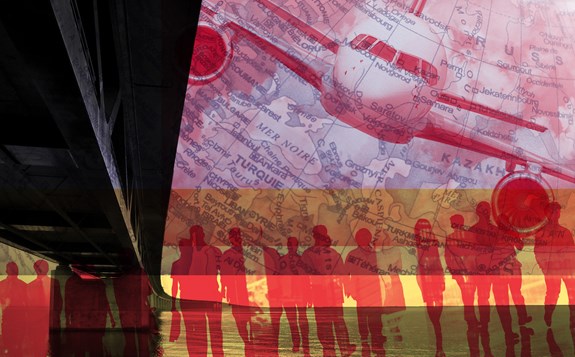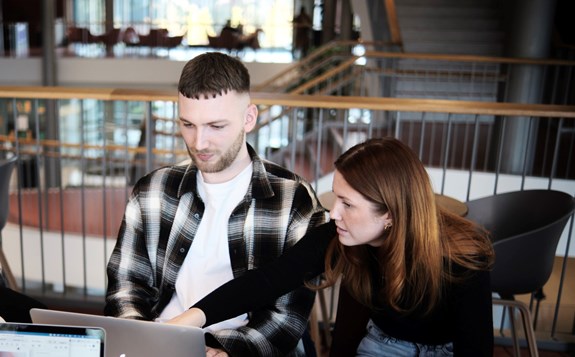MIM: researching the drivers and consequences of migration

Different measurement methods complicate comparative migration studies. Researchers need to find common ways to compare data and statistics, says Pieter Bevelander, director of the Malmö Institute for Migration Studies (MIM).
There is a lot going on at the Malmö Institute for Migration Studies (MIM) this year. In June, the centre will host a major international conference on migration, and this autumn it will present a survey on diversity and inclusion in Malmö.
The survey is to be sent out to 30,000 residents of the city; the initial results will be presented at conferences and collaboration days, with research publications to follow. The survey’s aim is to map diversity by asking questions about ethnicity, religion, language skills and skin colour – categories that do not exist in Swedish registers – and link these to different areas of inclusion: labour market, health, political integration, and trust in institutions.
It's about linking research, practice, and policy in improving and understanding migration and migration data.
Pieter Bevelander
“We want to see if these categories affect inclusion or exclusion in society,” says Professor Pieter Bevelander, the director of MIM.
In June, the International Forum on Migration Statistics (IFMS) conference is organised by the Organisation for Economic Co-operation and Development (OECD) and the UN agencies UNDESA and IOM. This is the fourth conference, and this year it is to be hosted by MIM.
“It's about linking research, practice, and policy in improving and understanding migration and migration data,” says Bevelander.
Hosting the event is an opportunity to showcase the research conducted at the centre. MIM itself will be responsible for three sessions: one on how different countries collect migration data; one on new measurement methods to understand migration movements, and a third on the difficulty of studying discrimination when Sweden does not have statistics on skin colour or religion.
When it comes to migration studies in general, countries have different, and varying levels of developed methods for population registration. This leads to limitations in comparative studies and statistics, according to Bevelander. Each method has its advantages and disadvantages:
“It's a dilemma, and that is why we have these conferences. If we want to get a better understanding of migration and its drivers and consequences, we need to discuss together how we compile data so we can make comparisons – that is the whole purpose of IFMS. Researchers are dependent on data to be able to conduct better studies,” says Bevelander.
MIM has been a research centre since 2007; Bevelander describes his entry into the field as a coincidence. When he was a doctoral student in Lund in the 1990s, a professor asked him if he would be interested in a study on the labour market integration of immigrants in Malmö. Bevelander took on the task, and that set his future academic career path.
“MIM is multidisciplinary and interdisciplinary, and that makes it interesting. Interest in migration issues has been gradually increasing, both politically and in the public domain. But misconceptions still exist, so informed research is essential,” adds Bevelander.
Learn more about the International Forum on Migration Statistics




